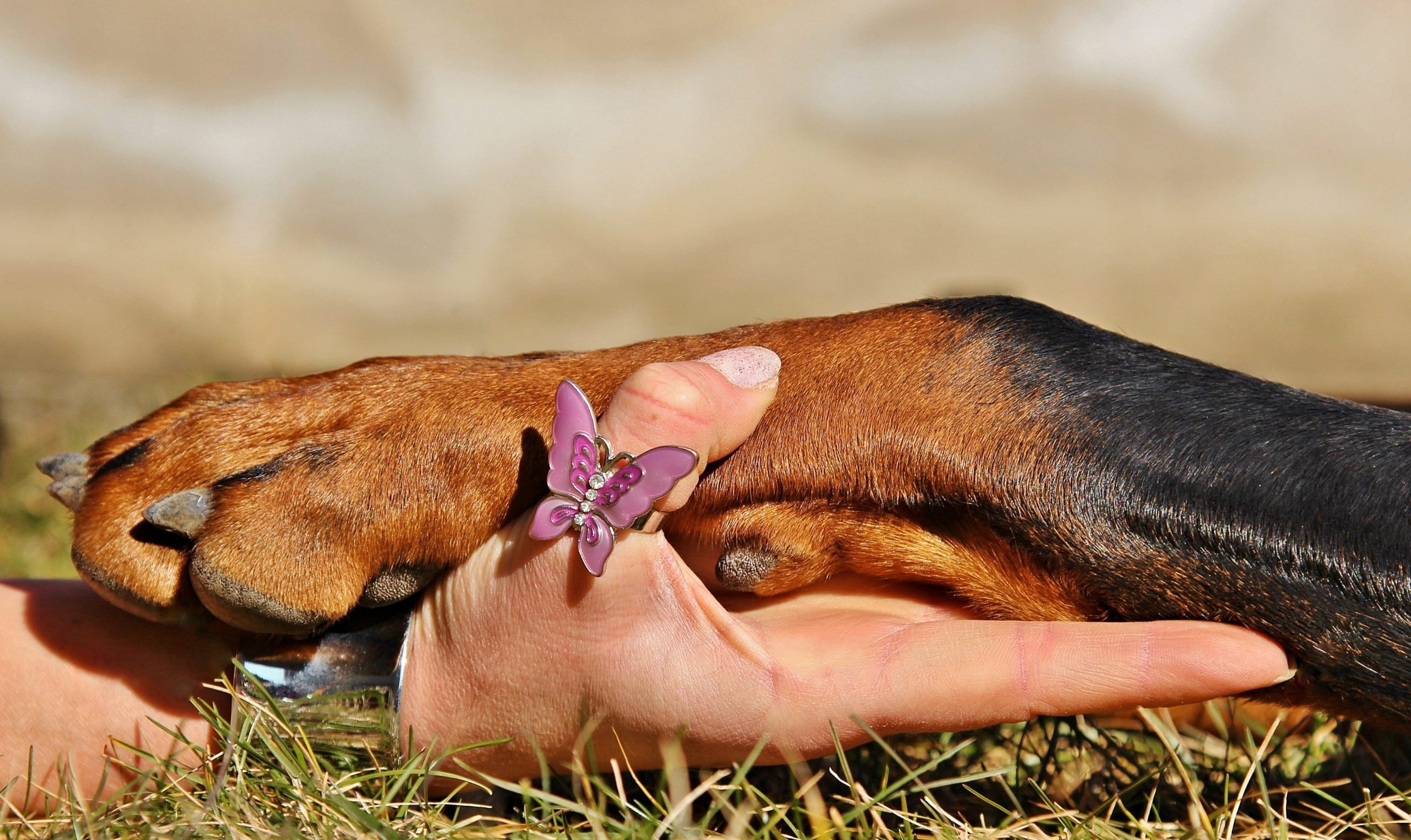Feline Injection-Site Sarcoma, also known as Vaccine-Associated Feline Sarcoma, is a rare but serious type of cancer that develops in cats at the site of an injection. This aggressive tumor is believed to be associated with the inflammatory response triggered by vaccinations or other injections. While the exact mechanism is not fully understood, it’s thought that some cats have a genetic predisposition to develop these tumors in response to inflammation.Although the incidence is relatively low, estimated at 1 in 10,000 to 1 in 30,000 vaccinations, the aggressive nature of these tumors and their impact on affected cats make them a significant health concern. Feline Injection-Site Sarcoma can develop months or even years after an injection, making long-term monitoring crucial for early detection and treatment.
Signs and Symptoms:
The primary sign of Feline Injection-Site Sarcoma is a firm, painless mass that develops at or near a previous injection site. These tumors typically appear in areas where injections are commonly given, such as the back of the neck, between the shoulder blades, or on the limbs. Initially, the lump may be small and easily overlooked, but Feline Injection-Site Sarcoma tumors tend to grow rapidly and can become quite large within weeks or months. The tumor may feel fixed to underlying tissues and can sometimes ulcerate as it grows. In advanced cases, cats may show signs of discomfort or pain, changes in mobility if the tumor is on a limb, or systemic symptoms like lethargy and loss of appetite if the cancer has metastasized. It’s important to note that not all lumps at injection sites are sarcomas, but any persistent or growing mass should be evaluated by a veterinarian promptly.
Treatment Advice:
Treatment of Feline Injection-Site Sarcoma typically involves a multi-modal approach, with surgery being the cornerstone of therapy. Wide surgical excision with clean margins is crucial, often requiring removal of a significant amount of surrounding tissue. In some cases, this may necessitate amputation of a limb if the tumor is located on an extremity. Due to the nature of these tumors, surgery alone is often not sufficient, and additional treatments are usually recommended. Radiation therapy is commonly used, either before surgery to shrink the tumor or after surgery to target any remaining cancer cells. Chemotherapy may also be employed, particularly in cases where the tumor cannot be completely removed or has metastasized. The specific treatment plan will depend on the size and location of the tumor, the extent of spread, and the overall health of the cat. Regular follow-up appointments and imaging studies are essential to monitor for recurrence, as Feline Injection-Site Sarcoma has a high rate of local regrowth. However, early detection and immediate treatment can significantly improve outcomes.
Preventive Measures:
Preventing Feline Injection-Site Sarcoma involves a balanced approach to vaccination and injection practices. While vaccinations are crucial for protecting cats against various diseases, the risk of Feline Injection-Site Sarcoma has led to changes in vaccination protocols. Current recommendations include:
- Using non-adjuvanted vaccines when available, as some studies suggest these may have a lower risk of causing Feline Injection-Site Sarcoma.
- Avoiding giving multiple vaccinations at the same site.
- Rotating injection sites and keeping detailed records of where each injection is given.
- Following current vaccination guidelines, which recommend tailoring vaccination schedules to each cat’s individual risk factors rather than vaccinating all cats annually for all diseases.
- Using the distal limbs or tail for vaccinations when possible, as tumors in these locations can be more easily treated surgically if they develop.
It’s important to note that these measures can reduce but not eliminate the risk of Feline Injection-Site Sarcoma. Regular monitoring of injection sites and prompt veterinary evaluation of any persistent lumps remain crucial. The benefits of vaccination in preventing serious infectious diseases generally outweigh the small risk of Feline Injection-Site Sarcoma, but each cat’s vaccination needs should be assessed individually by their veterinarian.
Conclusion:
Feline Injection-Site Sarcoma remains a challenging and concerning condition in feline medicine. While relatively rare, its aggressive nature and potential for significant impact on affected cats underscore the importance of awareness, prevention strategies, and early detection. The evolution of vaccination protocols and injection practices in response to Feline Injection-Site Sarcoma demonstrates the veterinary community’s commitment to balancing disease prevention with minimizing iatrogenic risks. With early detection and aggressive and immediate multimodal treatment, many cats with Feline Injection-Site Sarcoma can achieve good outcomes. The ongoing efforts in research, improved surgical techniques, and advanced cancer therapies offer hope for better management of this condition in the future. Ultimately, the approach to Feline Injection-Site Sarcoma reflects the broader challenges in veterinary medicine of weighing risks and benefits to provide the best possible care for our feline companions.




 Expert advice on healthcare, nutrition, behavior and all your pet needs!
Expert advice on healthcare, nutrition, behavior and all your pet needs! 








